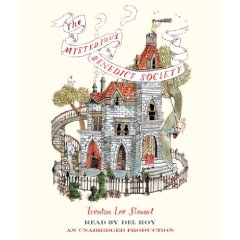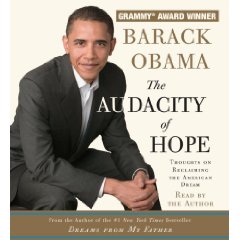Review of What Happy Women Know, by Dan Baker and Cathy Greenberg

What Happy Women Know
How New Findings in Positive Psychology Can Change Women’s Lives for the Better
by Dan Baker, PhD, and Cathy Greenberg, PhD, with Ina Yalof
Rodale, 2007. 252 pages.
Starred review
Awhile back, I read and loved the book How We Choose To Be Happy, by Rick Foster and Greg Hicks (http://www.sonderbooks.com/Nonfiction/choosetobehappy.html ), so I was already familiar with the science of positive psychology.
What Happy Women Know did not present new ideas to me, but it did provide a fresh look at some extremely good ideas. Reading this book was a huge encouragement.
I’m in the middle of divorce negotiations, for a divorce I didn’t choose and don’t want. But I firmly believe that I can still live a happy life, if that is what I choose. I even found a t-shirt to buy that says “Happy Woman” surrounded by the pink circles from the book’s logo! ( http://www.acaciacatalog.com/ ) I DO choose to be a happy woman!
The authors begin the book by saying,
“How happy are you right now? Do you even know?
“Most women know what makes their partners, children, or friends happy, but when it comes to recognizing what lights up their own lives, they often come up short. If you’re looking for happiness, you have to start with the relationship you have with yourself. Is it healthy, loving, and nurturing? Or do you defer to your nay-saying inner critic, as so many women are prone to do? . . .
“Why not dream about a joyous life? Why not overcome the self-constructed barrier between what your life is and what you want it to be?. . .
“What Happy Women Know is intended to help you understand the importance of positive emotions and to make it easier for you to find your own happy place. It is also meant to point out how easy it is to fall into the many traps that hinder women in their quest for happiness.
“A “happiness trap” is something that appears to offer the key to happiness but does just the opposite: It promises happiness but doesn’t deliver. In fact, it often becomes more of a trap because when happiness doesn’t ensue, people respond by redoubling their efforts. . . .
“Woven throughout the chapters is a series of tools — instructions or prescriptions that offer ways to avoid falling into a trap or ways to pull yourself out if you find yourself in one. There are single tools for some of the traps and multiple options for others. Not every tool fits every person, so as you work your way through this mosaic, select the ones you believe will work best for you.”
The book looks at six happiness traps: perfectionism, wanton wanting, people-pleasing, revenge, “I’m nothing without him,” and inability to separate life and career. They close off the book talking about loss, health and happiness.
“The subject of loss may seem misplaced in a book about happiness, but in fact just the opposite is true. Over the course of our lifetimes, we will all lose someone we love, someone we will grieve for. This chapter suggests ways to transcend grief by celebrating life — giving it meaning and purpose and making count those precious moments you spent with the person for whom you now grieve.”
This book was lovely, uplifting, and encouraging. The perfect book to read when you’re going through a difficult time, to help you see beyond the trouble to bright new horizons. Okay, it sounds trite when I put it like that, but this book gave me hope of going on to a joyful, vibrant life and in fact living that joyful life right now. It reminded me of things that, as a happy woman, I already know myself and do not have any intention of forgetting.
I love the t-shirt because I’m proud to be a happy woman!
This book had lots of quotable lines and sections. Here are ones that especially hit me:
http://sonderbooks.com/sonderquotes/?s=what+happy+women+know
The authors say:
“What Happy Women Know is intended to provide a blueprint to help you find happiness in your life without having to win the lottery or marry Mr. Right or whittle yourself down to a perfect size 2. In fact, I hope you are already a happy woman and that you’re reading this book to broaden your blissful horizons.”
I like that. Broaden your blissful horizons and read this book!
Find this review on the main site at:





